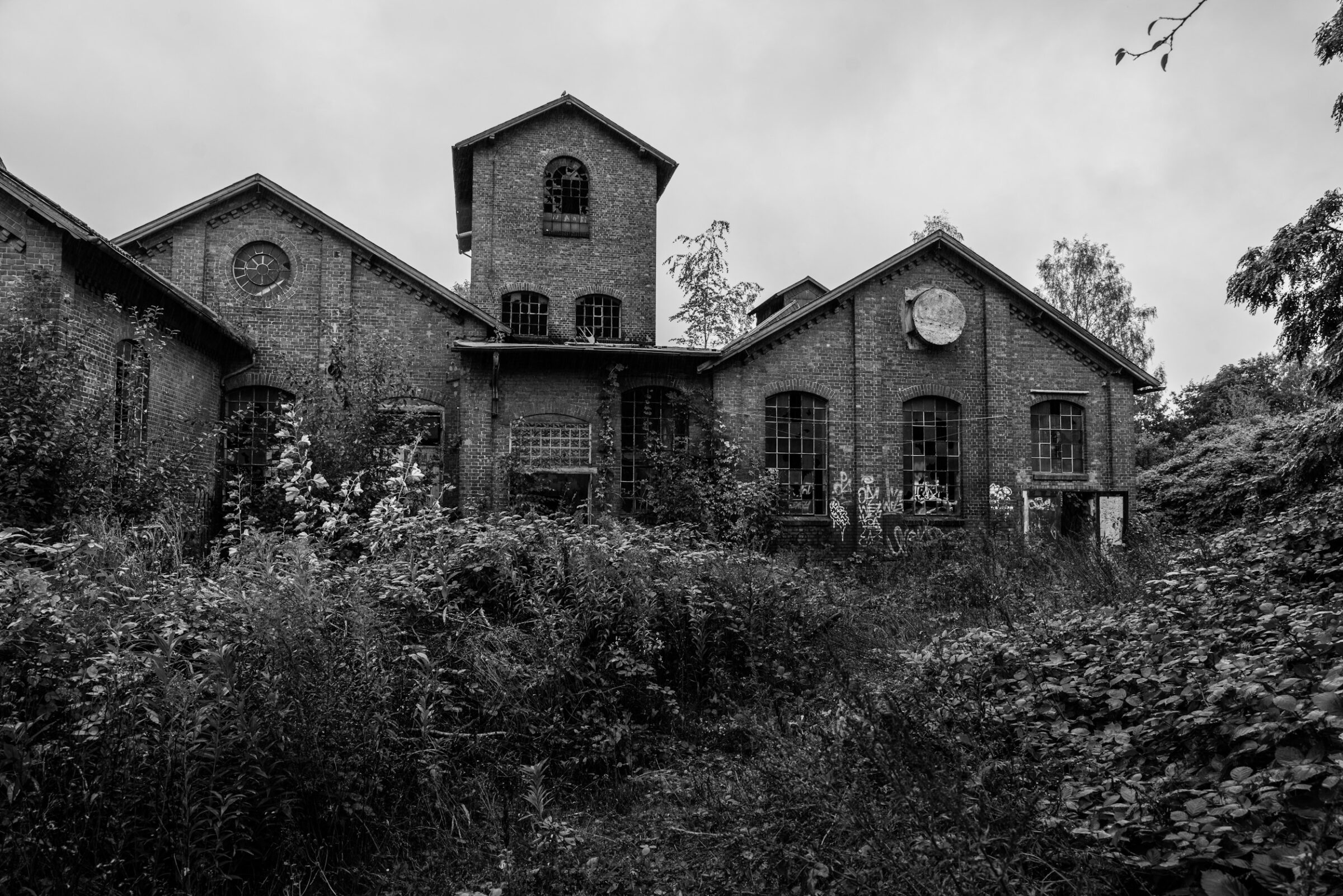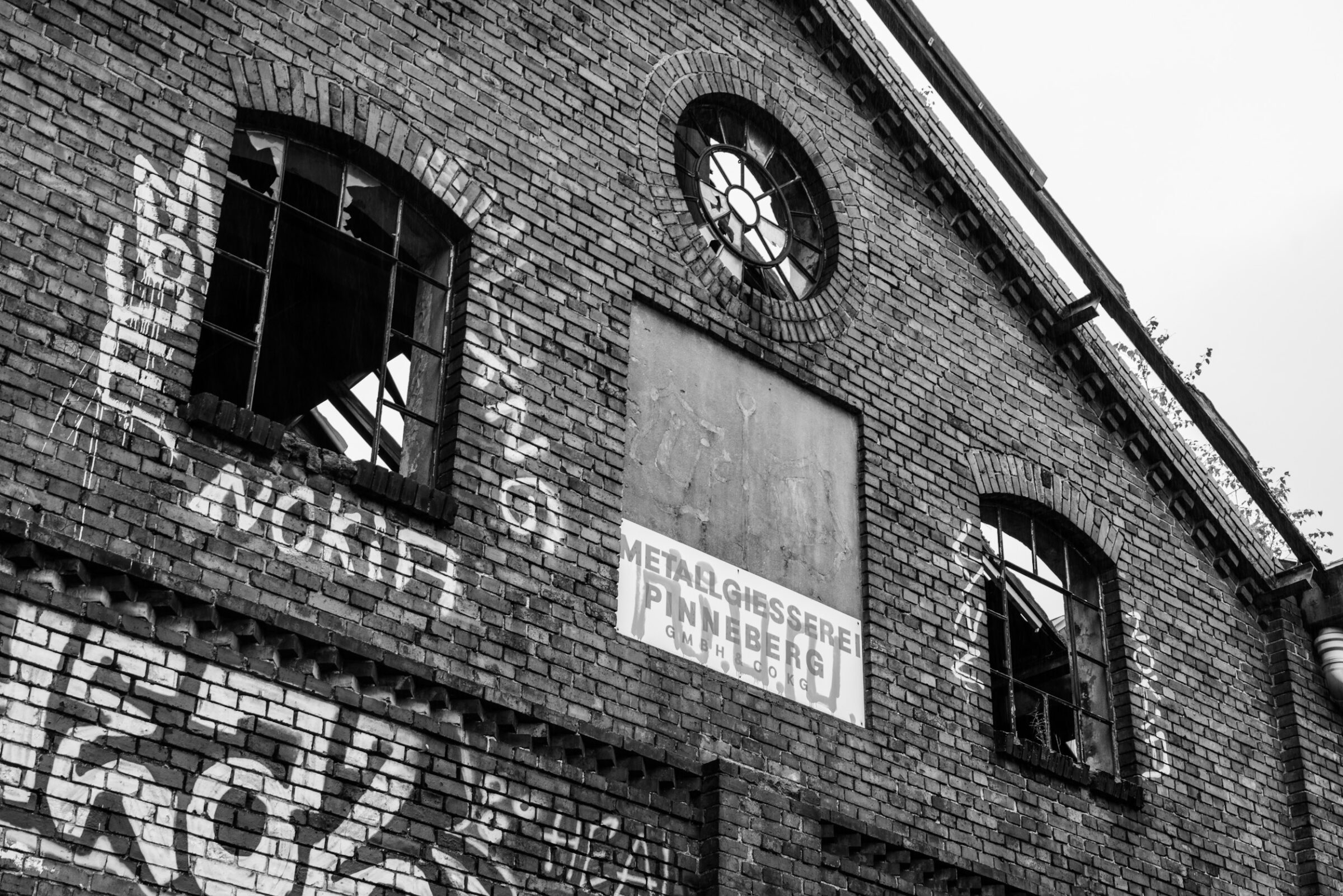In 1856, the Union-Eisenwerke was founded in Pinneberg by the steel wholesaler Schemman and the metal goods manufacturer Thiel. The factory on Schauenburger Strasse initially produced tin-plated stamped harnesses. 167 years later, only wet and sombre ruins are left.

In 1868, the Miether brothers bought the factory, and two years later the company did considerable business in the armaments sector: it supplied army tableware in the Franco-Prussian War of 1870/71.
The plant director Theodor Miether was considered a socially-minded entrepreneur who enjoyed great respect among his workers. He founded a company health insurance fund, a death fund for the workforce and reduced the daily working hours to ten on his own initiative. In Pinneberg, he participated in the beautification commission and in the preparation of a vocational school.
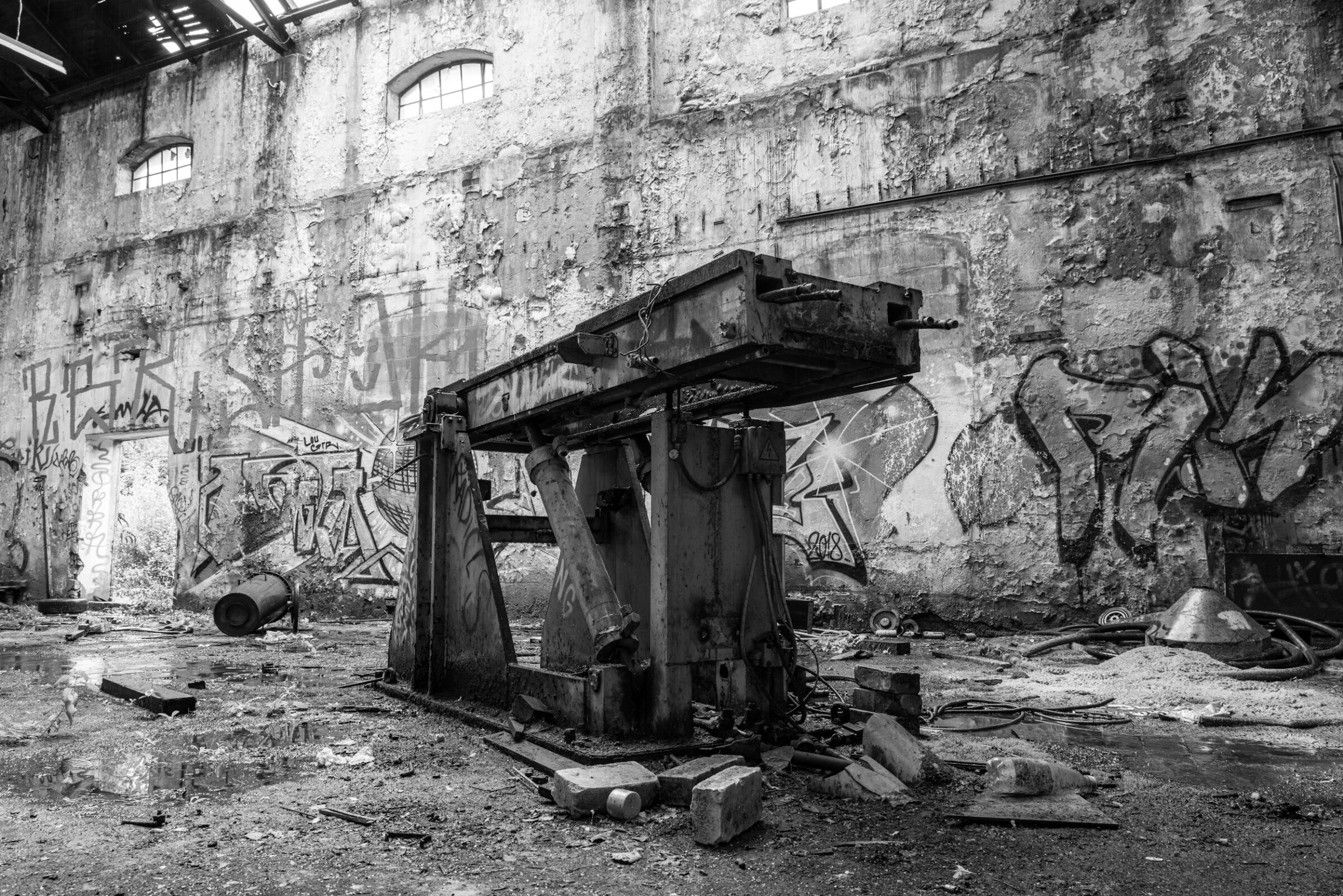
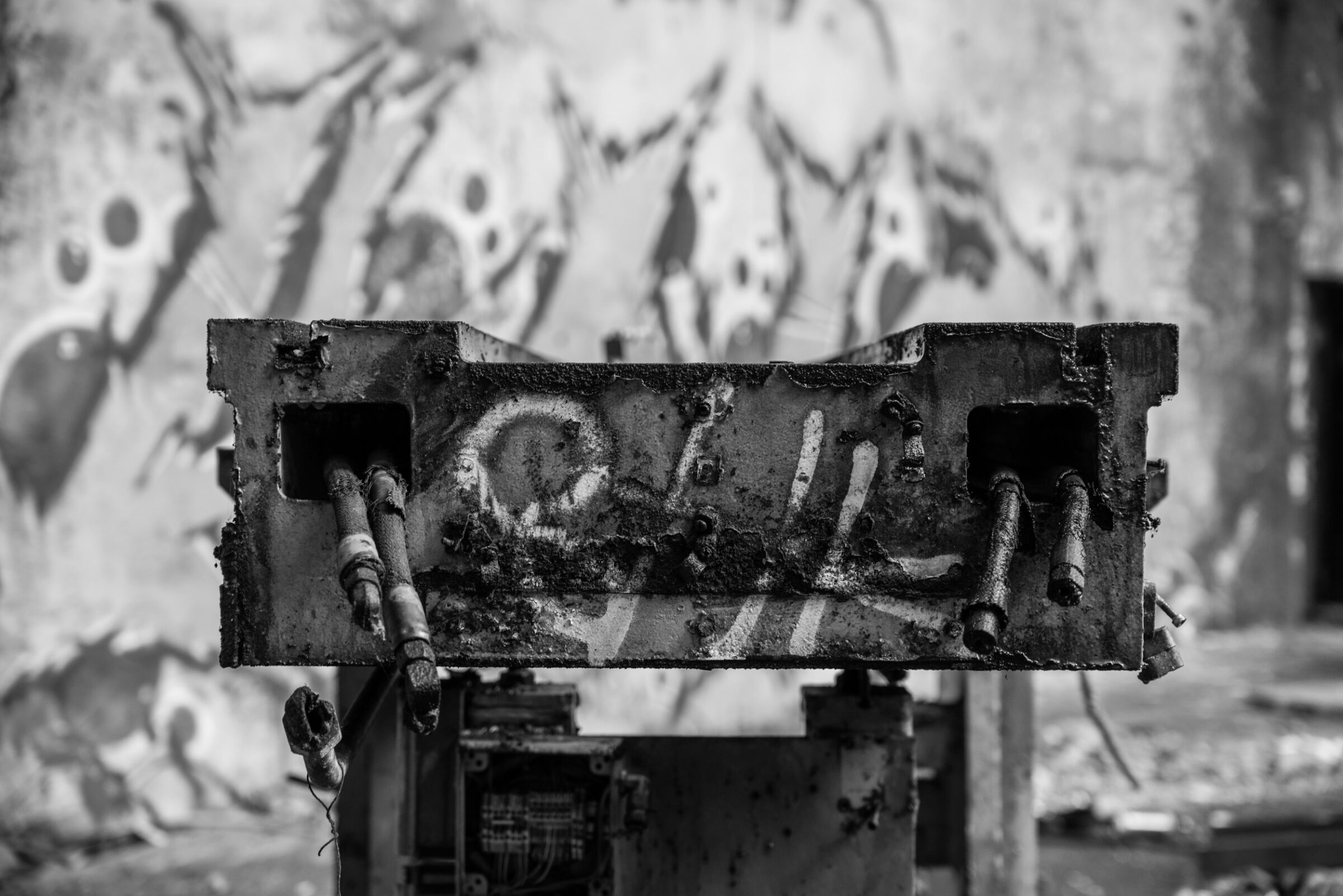
In order to obtain capital for an enamel factory with a rolling mill, the company transformed itself into a stock corporation in 1872. The factory employed 300 people at that time. Production was switched from tinned to enameled tableware, but the intended expansion failed.
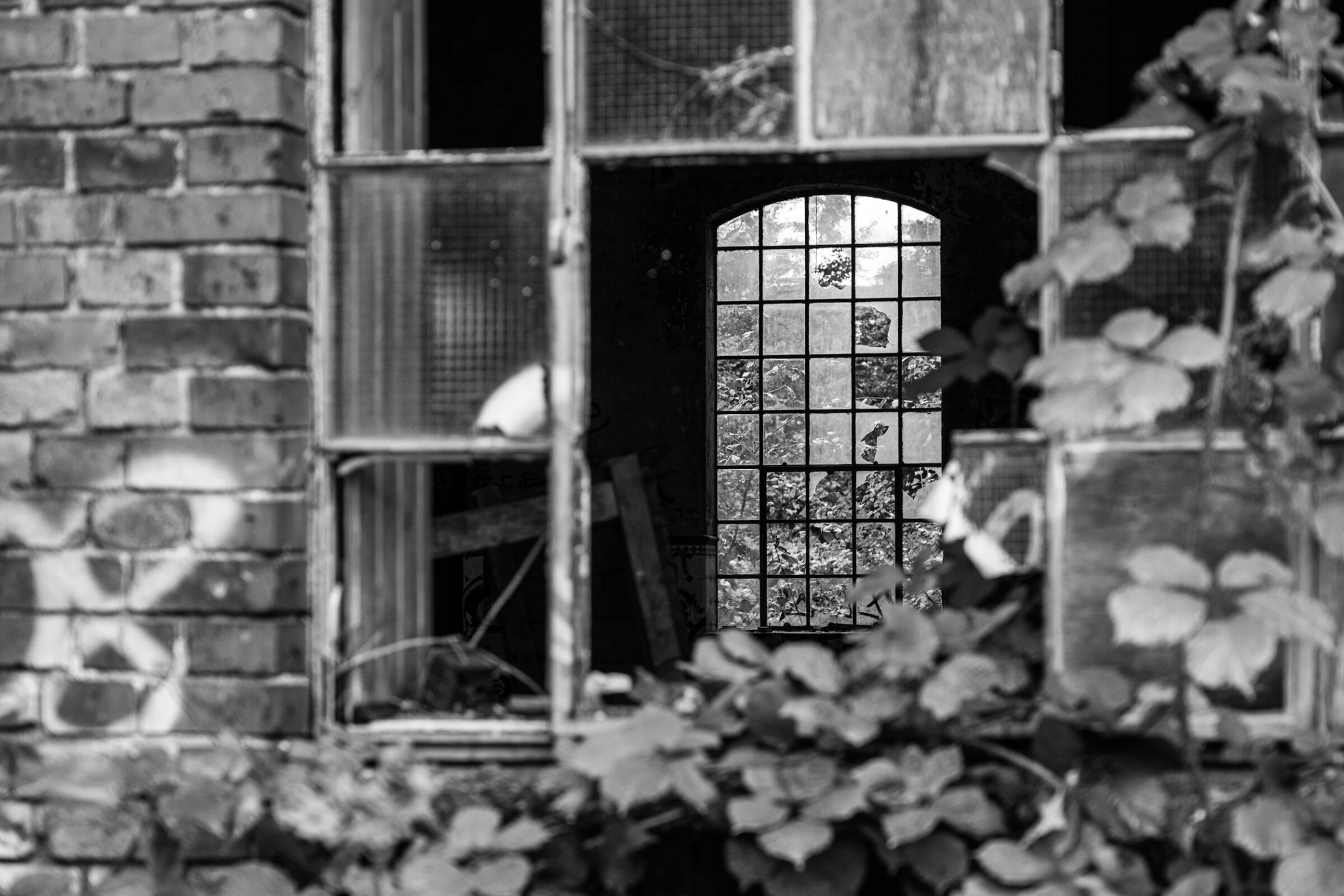
In 1876, the Audit Commission discovered falsified balance sheets. In addition, dividends had been distributed illegally. As a result, Theodor Miether was remanded in custody, and in 1878 the joint stock company filed for bankruptcy.

In the same year, Herman Wupperman acquired the factory. Born in Texas in 1852, he was a descendant of the German Wuppermann family from Barmen, who emigrated to the United States in 1848. The changed spelling of his name is an adaptation to the American pronunciation. Wupperman retained American citizenship throughout his life, which is why he retained the spelling of his name. Under Herman Wupperman’s management, the enameling plant was modernized and expanded. By 1900, it had 600 employees with annual sales of about three million marks. Over 60 % of the products manufactured were exported.
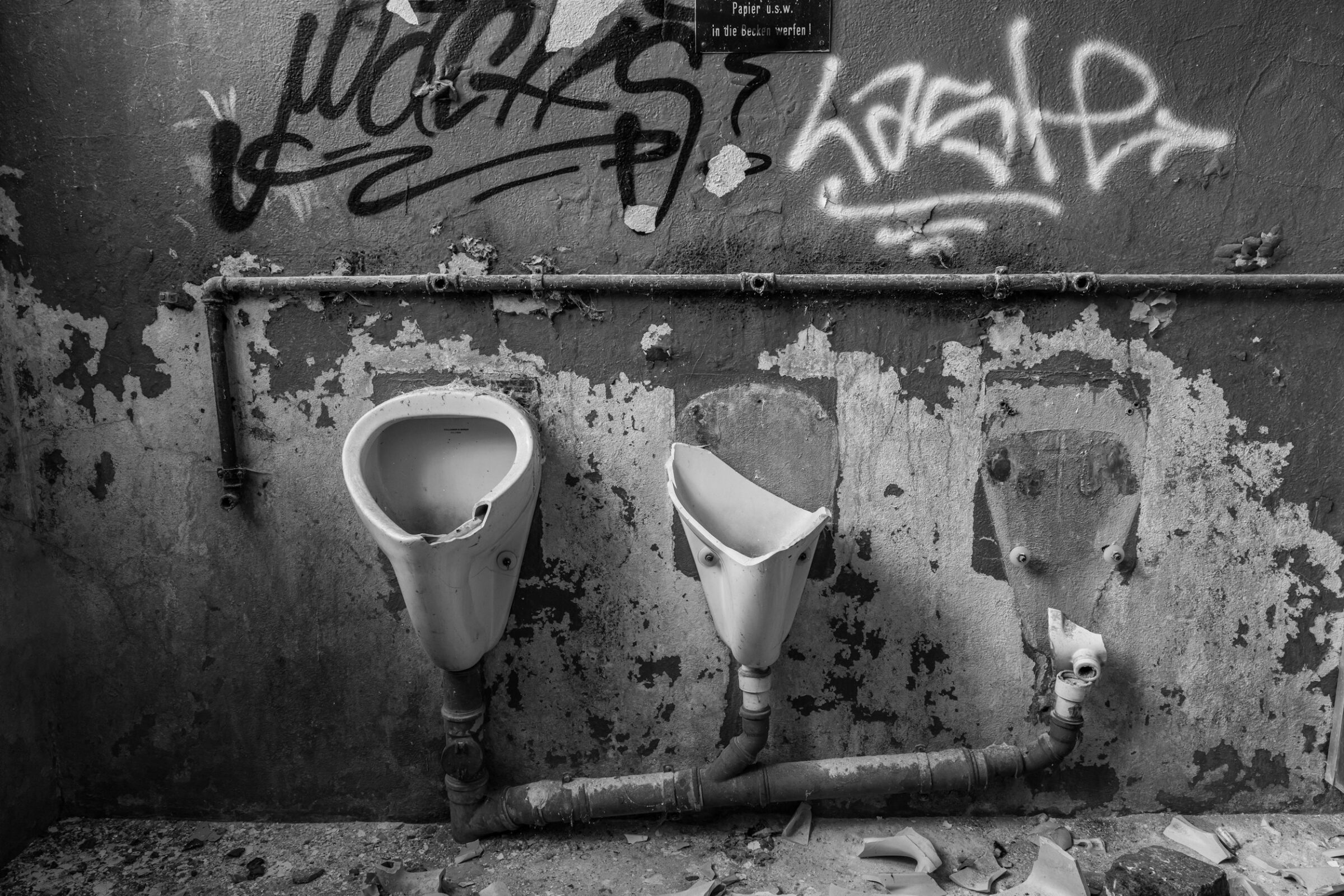
Wupperman provided social security for his employees through voluntary fringe benefits and social facilities: In the former Pinneberg village, he had factory housing built starting in 1891. There were care services for the factory employees, including a cooking and household school for the girls who worked in the factory. Wupperman donated an altar for the Christuskirche and had a gymnasium built on Lindenstraße.
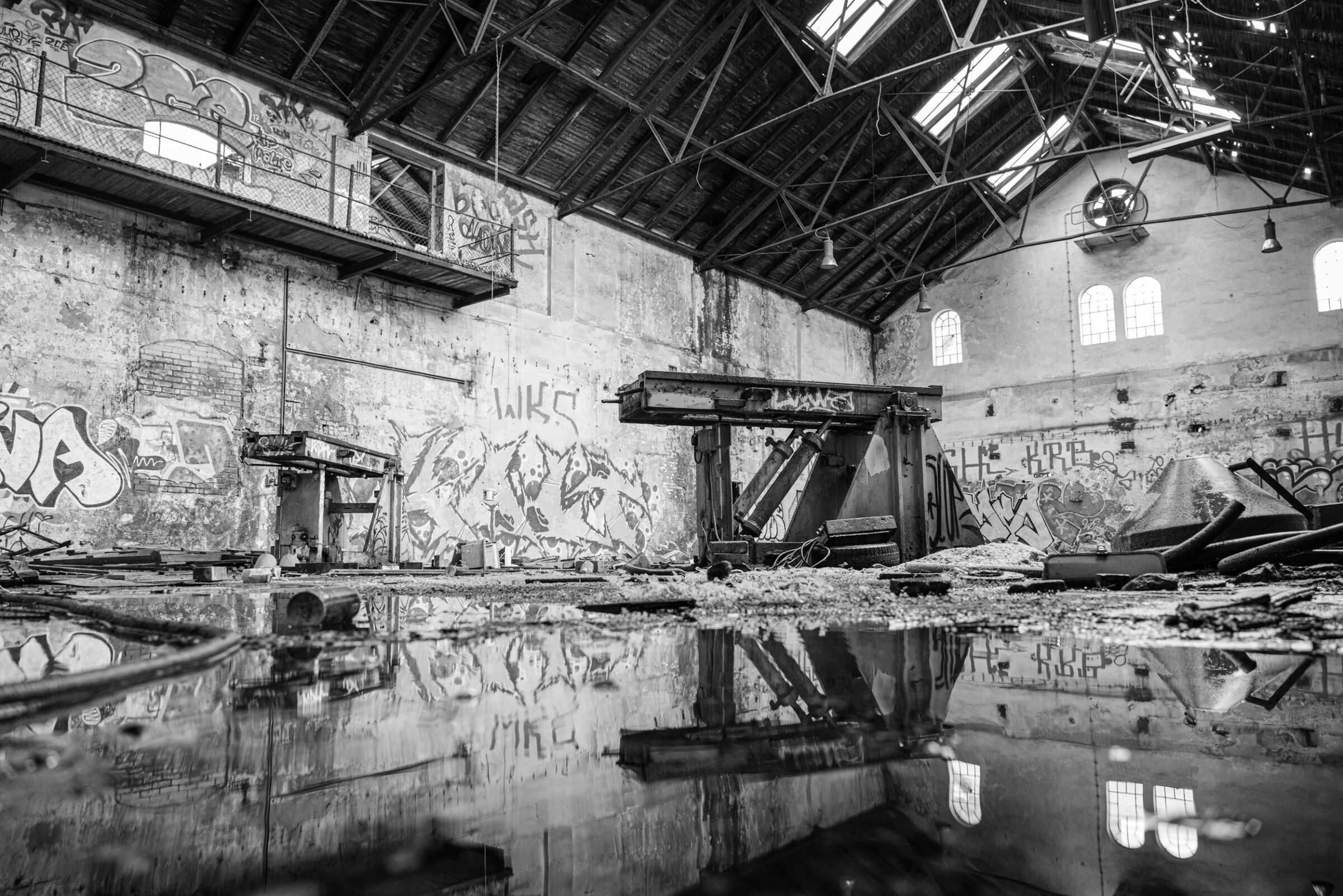
The Wupperman family moved to Düsseldorf in 1893. Five years later, Herman Wupperman died in a traffic accident after a hunt in Oberhausen. The technical and commercial directors continued to run the business in Pinneberg, and from 1903 Wupperman’s eldest son Herman Wupperman junior also took over.
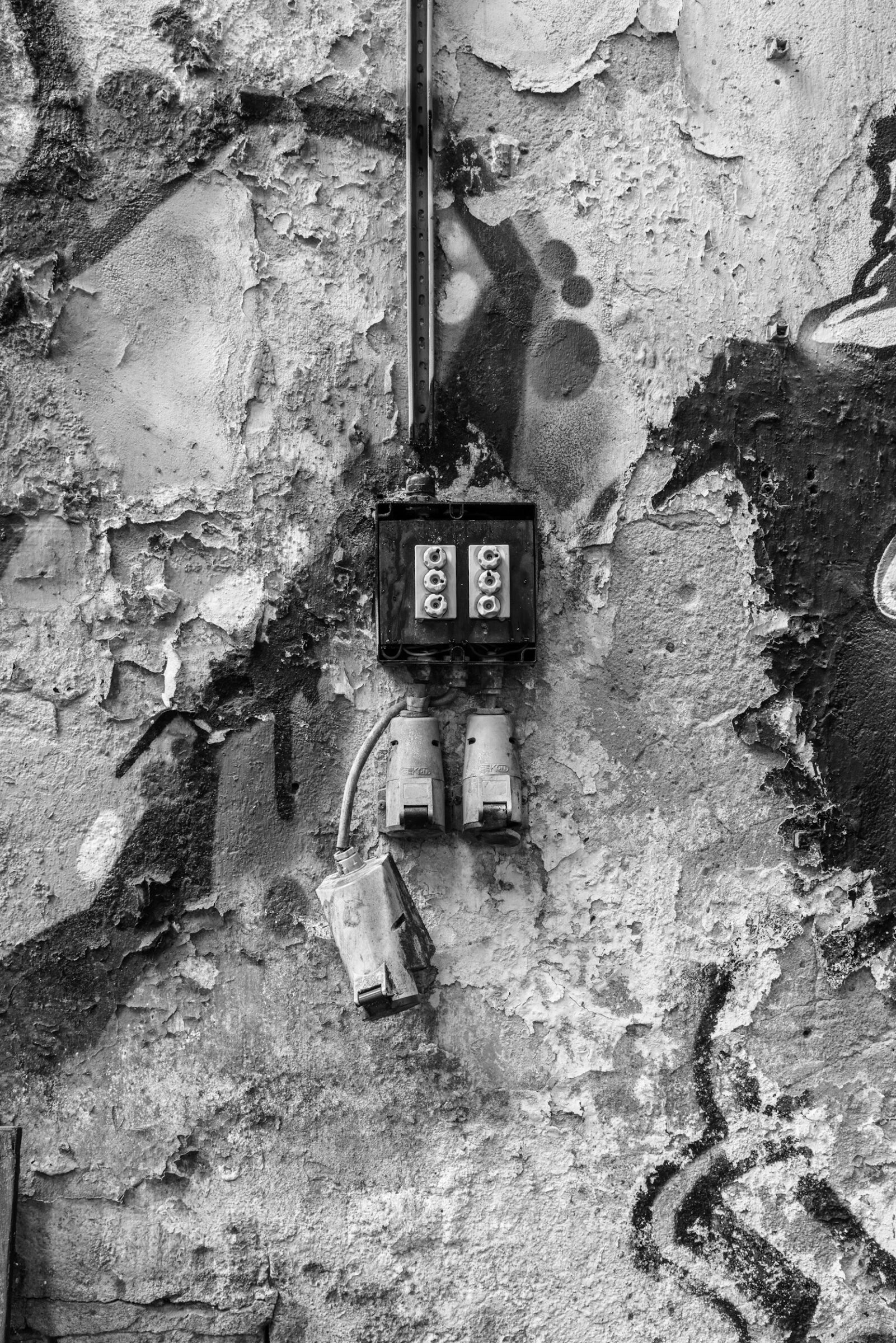
The production process was optimized with the expansion of the company by Plant II on Hermanstrasse in 1903. During the First World War, the company benefited from the demand for armaments: cooking utensils, field kettles, drinking cups as well as individual parts for weapons production were manufactured at Wupperman.
In 1918, Otto Wupperman, son of Herman Wupperman, joined the management.
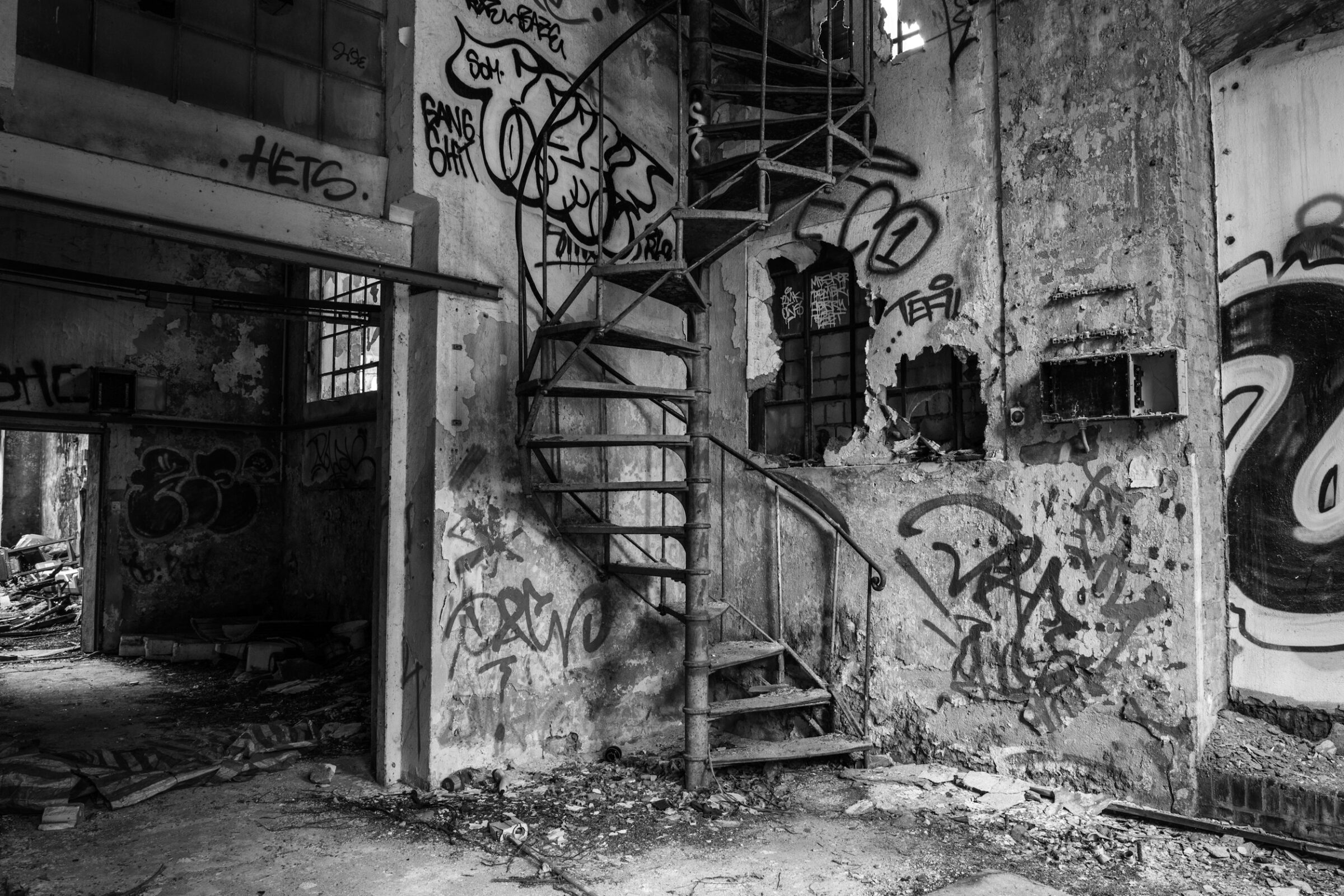
The production process was optimized with the expansion of the company by Plant II on Hermanstrasse in 1903. During the First World War, the company benefited from the demand for armaments: cooking utensils, field kettles, drinking cups as well as individual parts for weapons production were manufactured at Wupperman.
In 1918, Otto Wupperman, son of Herman Wupperman, joined the management.
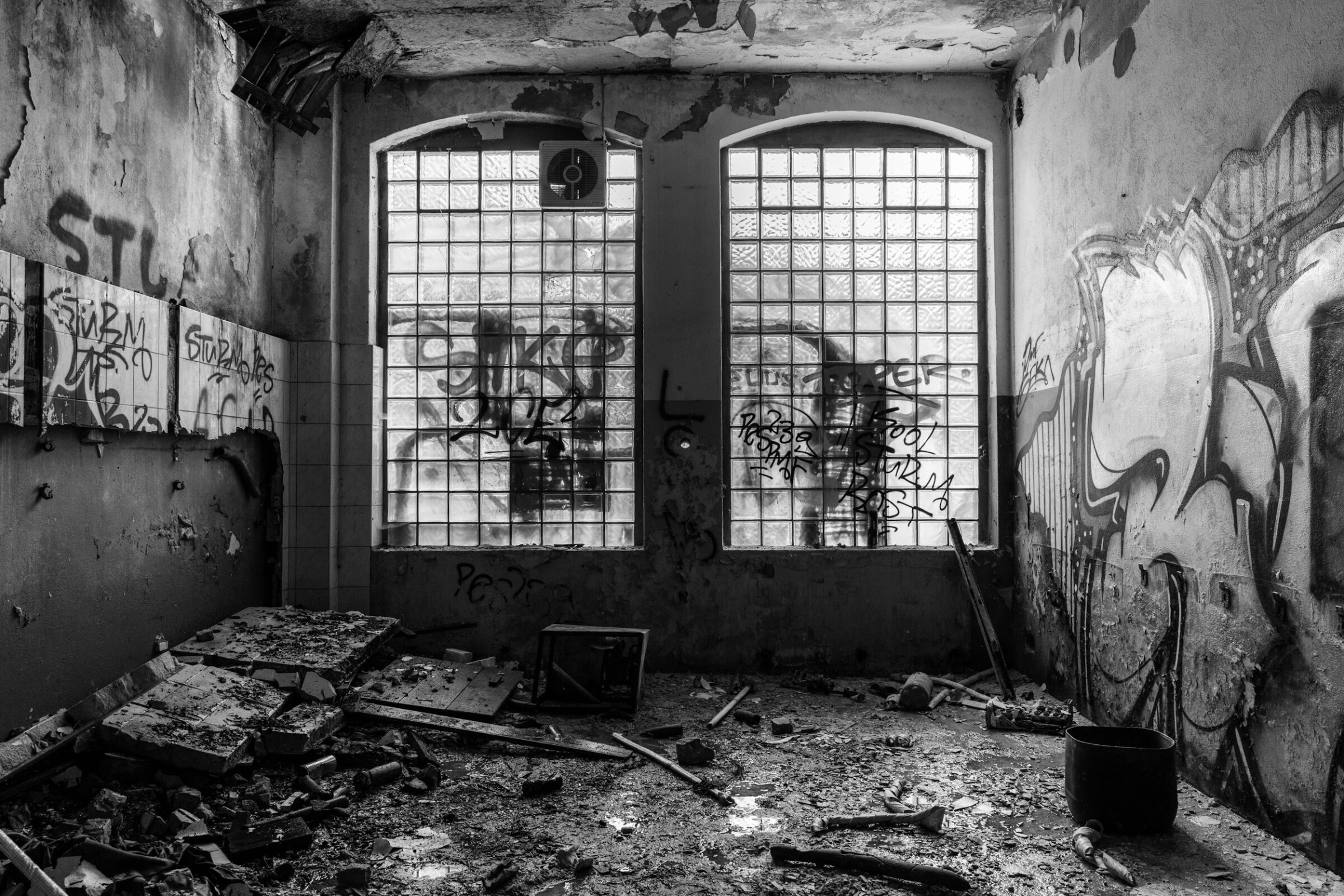
Even after the end of the war, the company was initially able to hold its own, although exports suffered from the fact that the exporting countries increasingly had their own enamel industries. In 1925, the plant had 725 employees. In 1928, the company was converted into a stock corporation
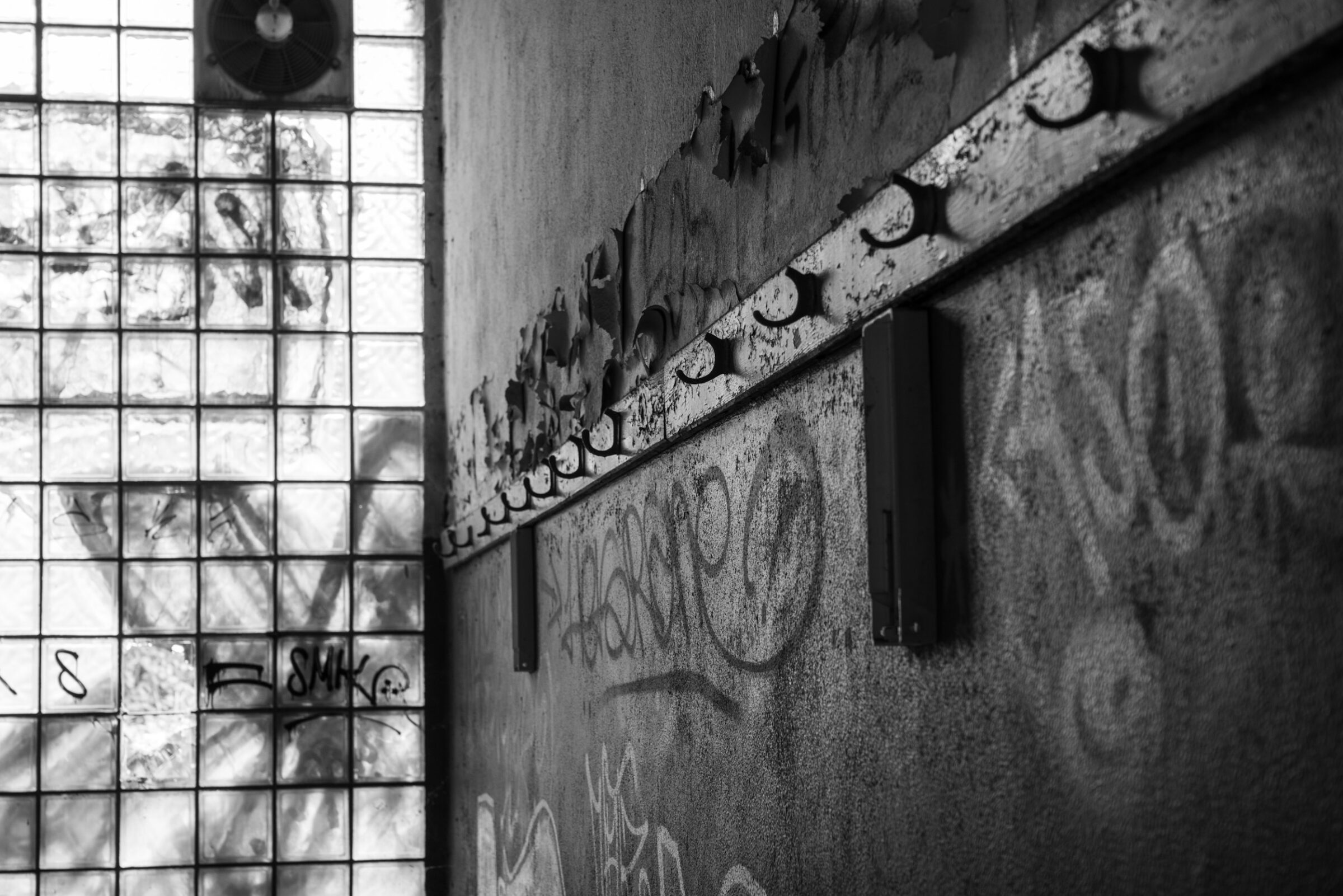
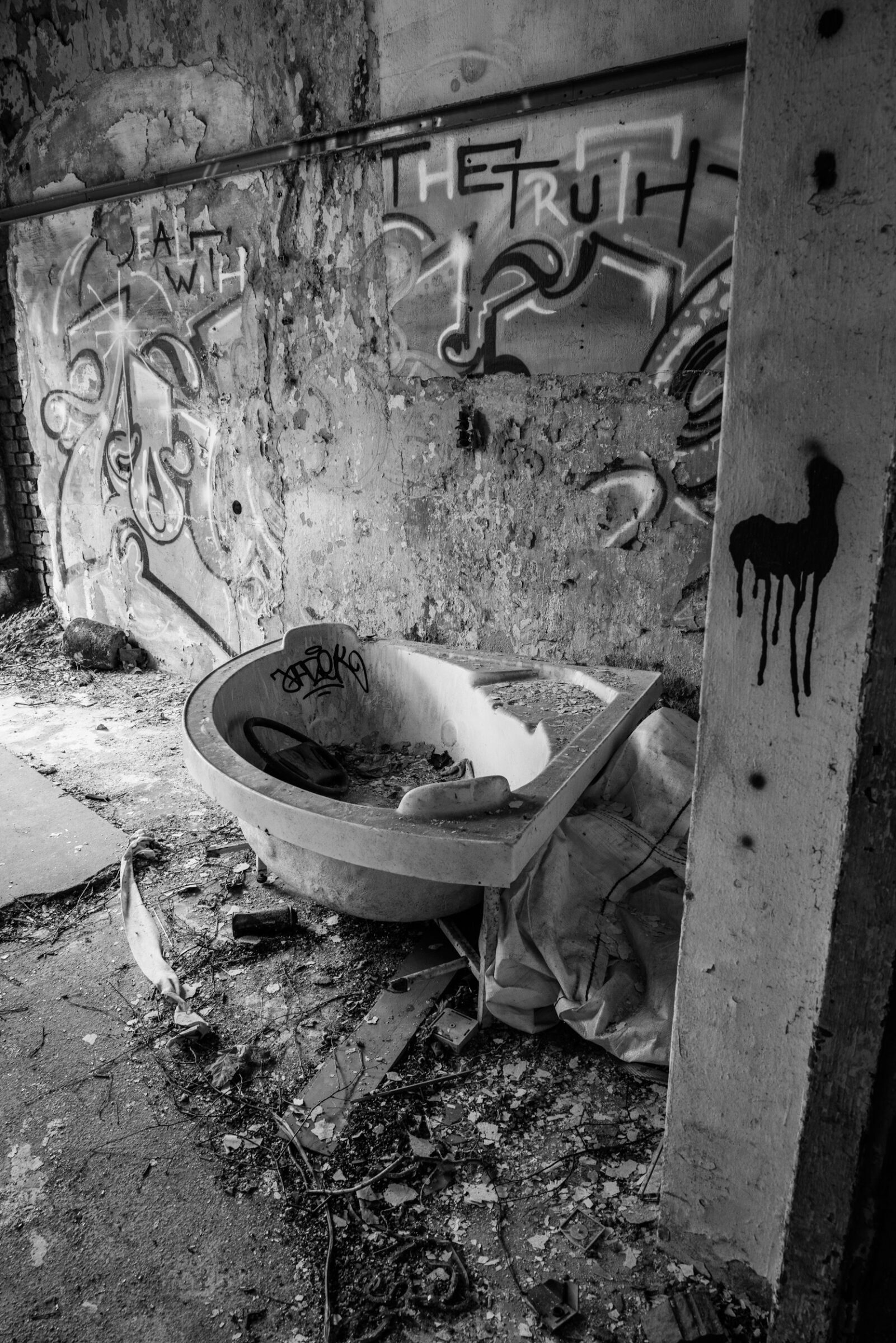
The world economic crisis from 1929 onwards caused the export markets and also the domestic markets to collapse, from which the company never fully recovered. The plant had a waterworks, a gasworks and an electric power station, and with both sub-operations occupied a total area of 312,000 m². These capacities could no longer be utilized, and in 1931 only the plant on Hermanstrasse was still operating.
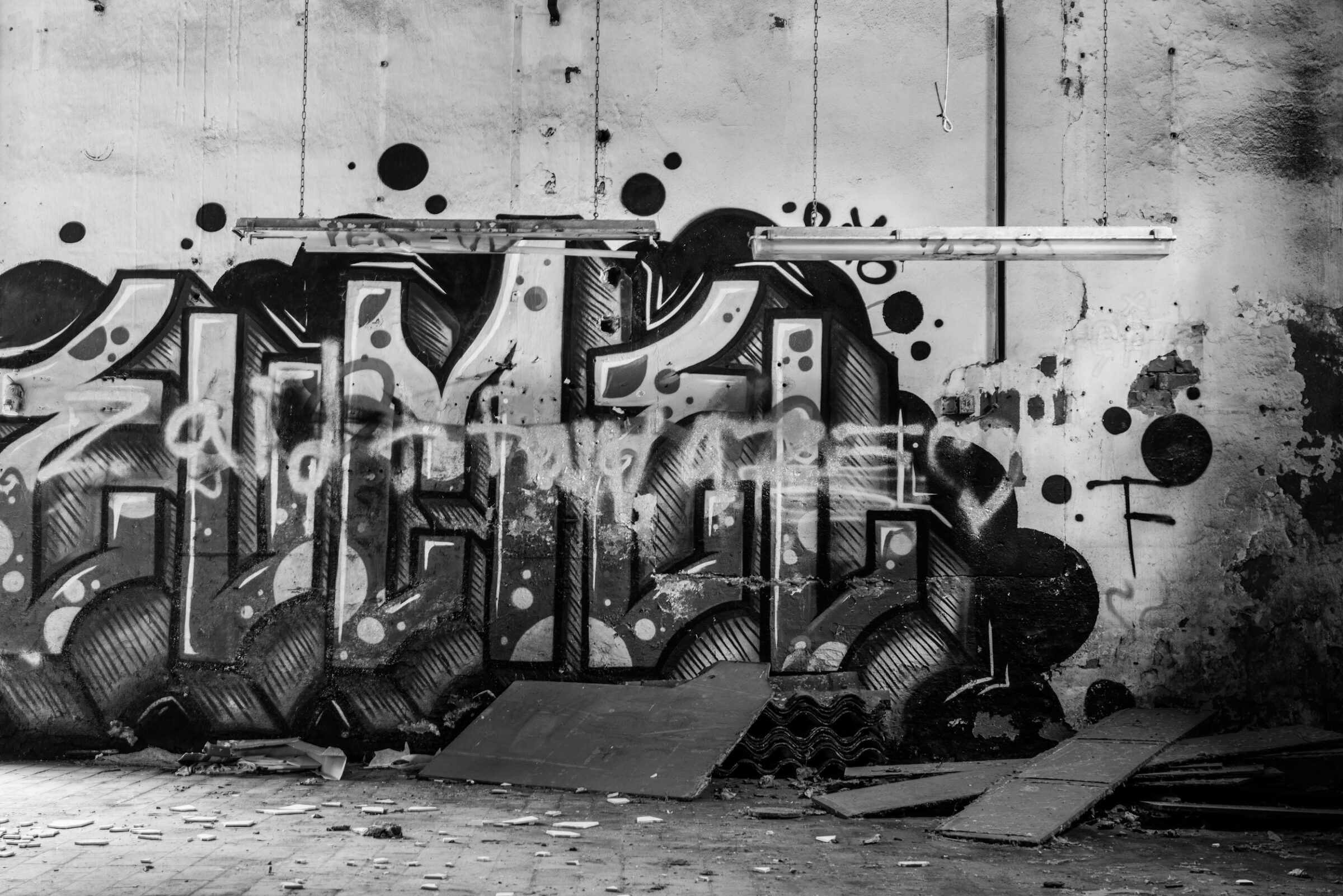
During the Second World War, the production of armaments again led to better capacity utilization. Among the 560 employees were also prisoners of war and foreign workers.
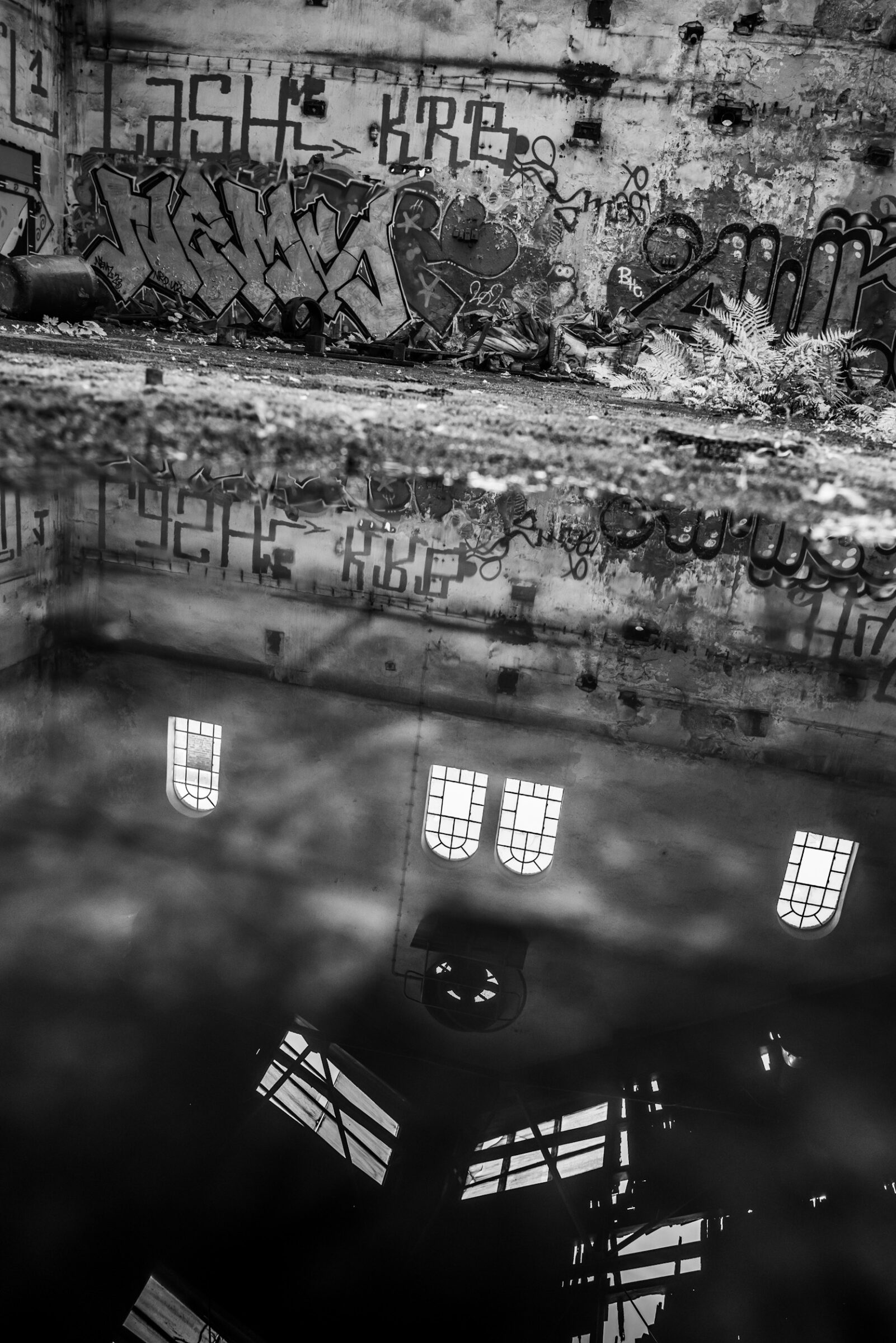
A final upswing appeared after the currency reform in 1948, because private households had pent-up demand for household goods.

In the 1950s, production declined steadily. The technical development towards electric stoves made enamel pots and bowls less desirable; instead, households increasingly used plastics, aluminum and later stainless steel. As early as 1952, parts of the plant facilities and land were sold to the city, including the water tower and the waterworks on Peiner Weg. Later, further plots of land were gradually sold off, so that only the plant on Hermanstrasse continued to operate unchanged. In 1963, the halls at Drosteipark were demolished, and in 1982 the remaining buildings of Plant 1 had to make way for residential development.

Rationalization measures in the early 1960s had no long-term success. In 1962, the gas heater manufacturer Haller-Meurer bought the remaining plant. Production at Plant II continued until 1984, but there was no viable concept for its successful continuation. In 1986, the Hamburg-listed AG went bankrupt.
